7 Unanswerable Questions About The Golf Ball Rollback
The announcement of changes to the testing conditions of golf balls to reduce distance has thrown up more questions than answers
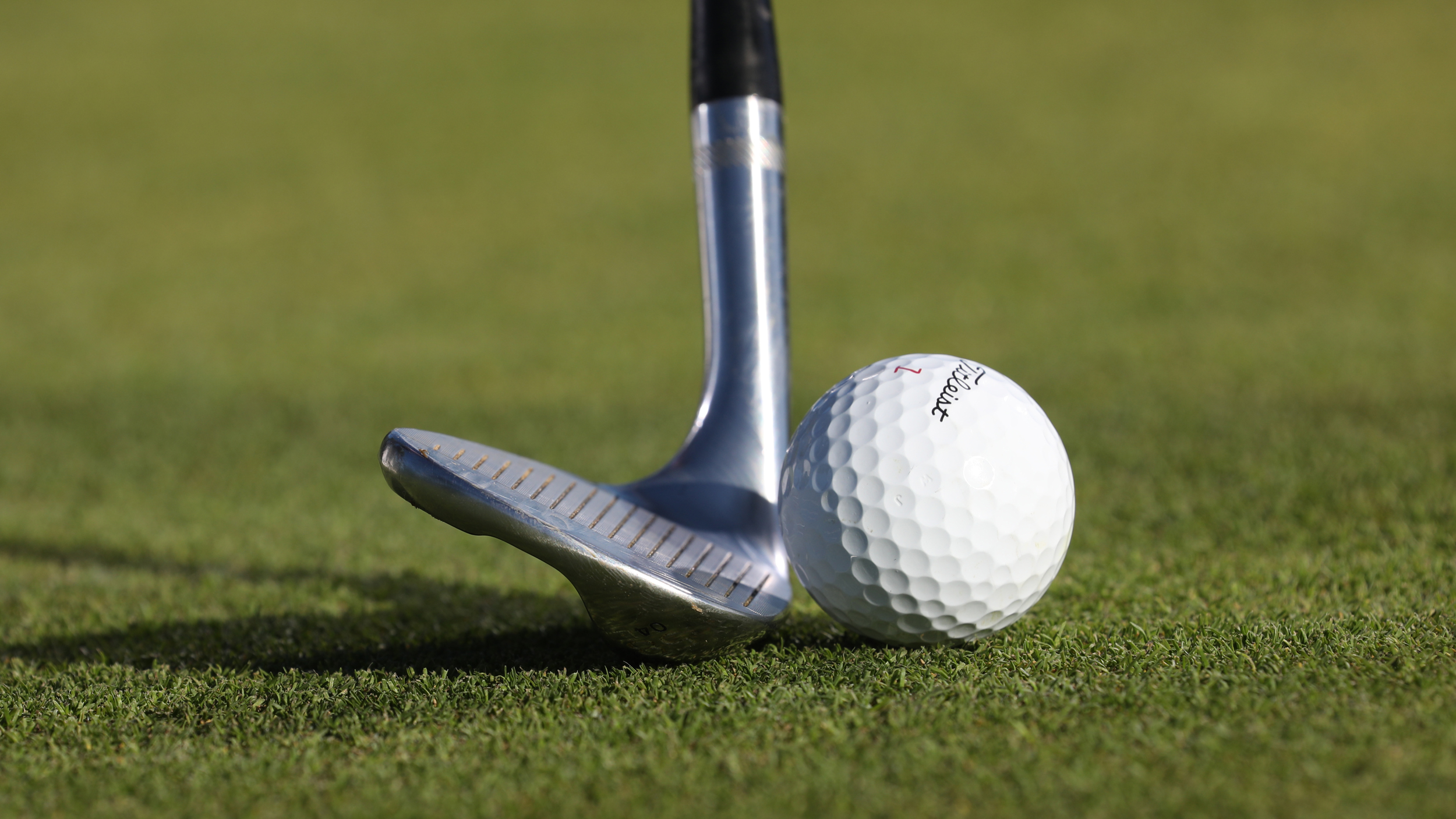

The announcement from golf’s governing bodies today revising the testing conditions of golf balls in an attempt to reduce hitting distances has arguably thrown up more questions than answers. The option of birfucation, whereby pros and elite amateurs would use a different design of golf ball to recreational golfers, was widely condemned by the tours and OEMs, which has led us to a universal rollback set to be fully implemented by 2030. We know tour players will see a reduction of up to 15 yards of total distance, but there are plenty of logistical concerns and implications for amateur golfers that lack clarity, which we've covered below.
Will the price of golf balls go up or down?
As a consumer we are happy to pay a higher price for a product that performs better than the previous generation or leads the way against the competition. But what will happen to the price of premium golf balls knowing that golfers are paying for a golf ball that doesn’t fly as far? A promise of more distance is often a new golf ball's major selling point, but it's unlikely marketing campaigns will be able to trumpet this tune from 2030 onwards. There will likely be a significant investment required from R&D of all golf ball manufacturers and so it’s unlikely prices will fall - but will golfers be happy paying the same amount, maybe more, for a golf ball that performs to a 'lower' level?
How will the new ball actually perform?
We know the golf ball needs to slow down but it will be interesting to see the associated backspin numbers for different swing speeds. Typically when a golfer hits the ball harder, it spins more, so there may be a case of diminishing returns when it comes to trying to offset the slower construction with more clubhead speed. We may see players changing their technique to reduce spin and gain more distance (or lose less distance), which could lead to more erratic dispersion and a more interesting viewer experience as players grapple with the balance of power and control.
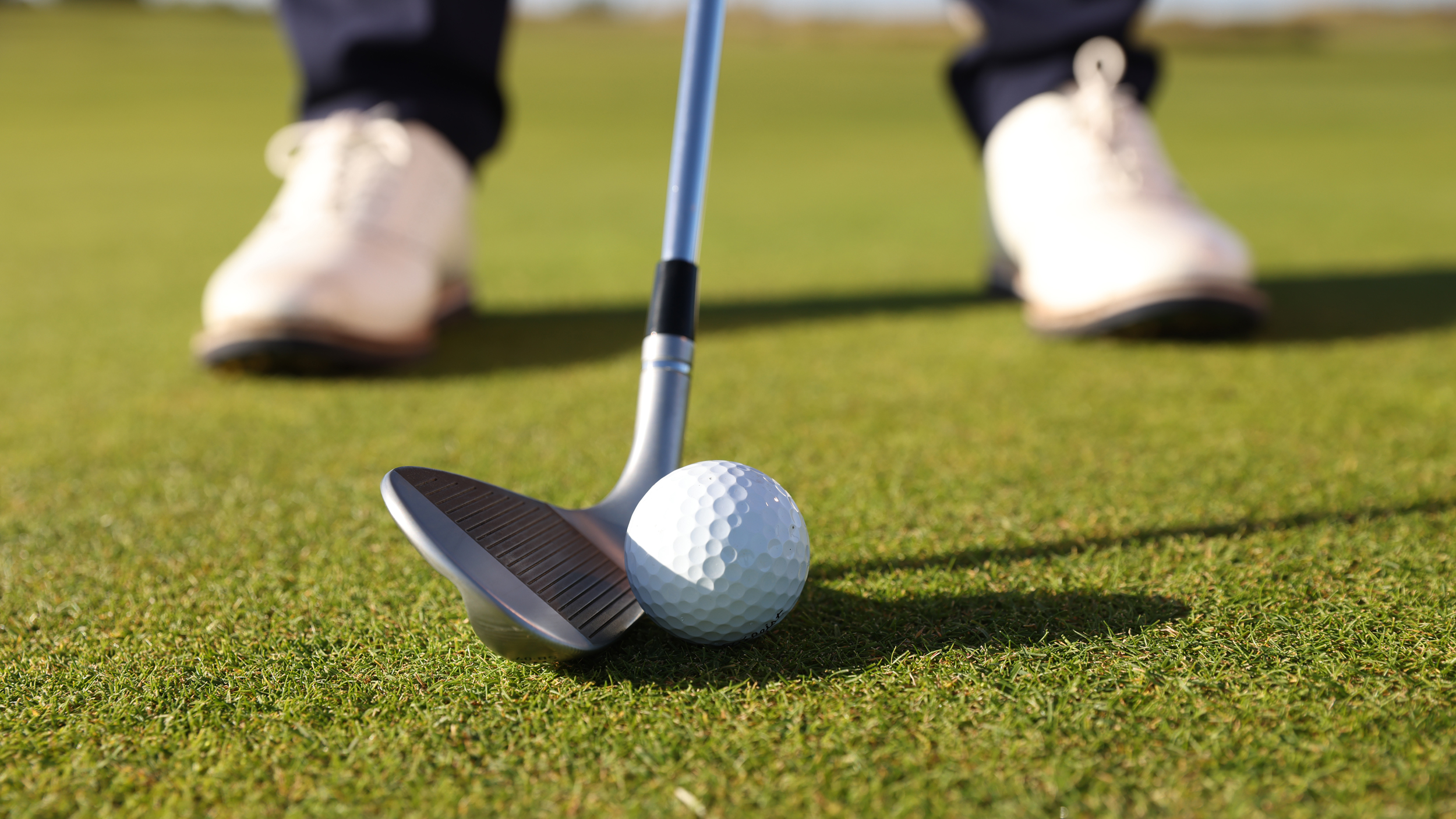
Will the major tours even adopt it?
When the USGA and R&A proposed the Model Local Rule whereby a slower ball would be used in elite competitions and tour events, it was rejected by the PGA Tour saying it was "not in the best interest of the game". This latest announcement of a universal rollback has also not been supported by the PGA Tour, saying: “we believe a more moderate adjustment is appropriate.” It appears the world's biggest tour and the governing bodies remain at a stalemate, and so it will be fascinating to see how the situation unfolds and who backs down.
The PGA Tour rejected bifurcation, which has led us to a rollback for everyone. They also “do not support” the current rollback for everyone as proposed. pic.twitter.com/nJDC6whej7December 6, 2023
How will it effect different players and clubs in the bag?
We know that the longest hitters will expect to see a driver distance reduction of 13-15 yards. But how will this trickle down to the average golfer? The statement of the R&A and USGA suggests that the average LET or LPGA Tour player will see a 5-7 yard reduction, so for the majority of amateur golfers it could be that any driver distance reduction will be less than a handful of yards. Will it only be noticeable off the tee or on iron and wedge shots too? Rory McIlroy has already come out saying on X (formerly Twitter) that the proposed rollback “will make no difference to the average golfer” so it remains to be seen to what degree different levels of player will be affected and how it will affect the other clubs in the bag.
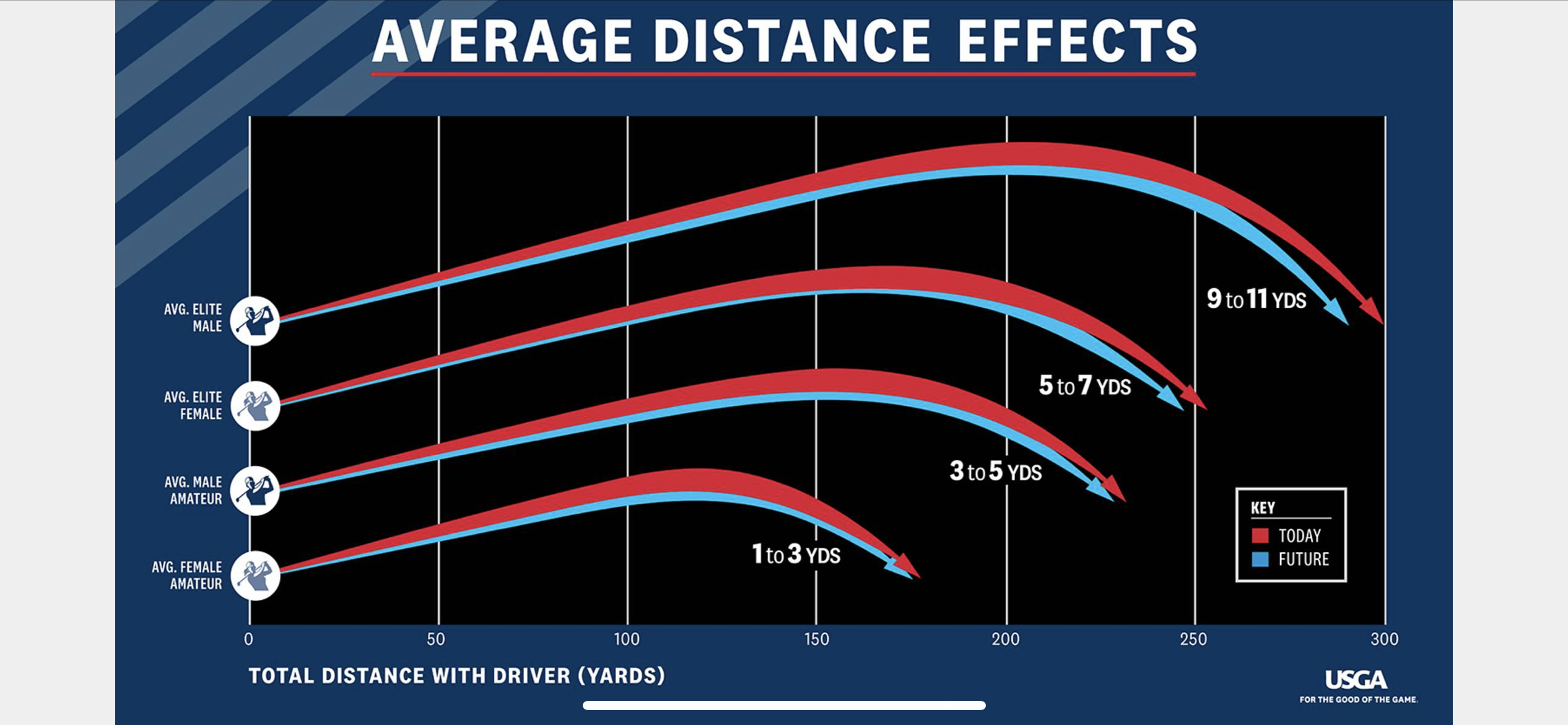
How will conforming balls be denoted?
Policing the implementation of the new design of golf ball will be difficult and those against it will likely be resistant to changing the ball they put on the tee. Conforming golf balls will likely need some sort of universal marking so people know it conforms under the new regulations but it could lead to a few disagreements and Rules situations, especially if you unknowingly use a ball you found in the rough that turned out to be non-conforming to the new rules.
When will brands release rolled back golf balls?
While it appears professionals will be required to use the rolled back ball from 2028, recreational golfers can still use existing golf balls until January 2030. So it begs the question, when will the newly rolled back balls be sold and will golfers of any level start to play it sooner to get used to how it performs, if it is even available beforehand?
Get the Golf Monthly Newsletter
Subscribe to the Golf Monthly newsletter to stay up to date with all the latest tour news, equipment news, reviews, head-to-heads and buyer’s guides from our team of experienced experts.
Which current balls will continue to be conforming?
The R&A and USGA has said that “A significant portion of golf ball models that are currently in the market - and more than 30 per cent of all golf ball models submitted for conformance across the game - are expected to remain conforming after these changes are applied”. So if you currently use a low compression, softer feeling golf ball, the chances are that you will be unaffected, but it opens the question as to which current golf balls will and will not be conforming from 2030 and where the dividing line is.

Joel has worked in the golf industry for over 15 years covering both instruction and more recently equipment. He now oversees all equipment and video content at Golf Monthly, managing a team of talented and passionate writers and presenters in delivering the most thorough and accurate reviews, buying advice, comparisons and deals to help the reader or viewer find exactly what they are looking for.
One of his career highlights came when covering the 2012 Masters he got to play the sacred Augusta National course on the Monday after the tournament concluded, shooting a respectable 86 with just one par and four birdies. To date, his best ever round of golf is a 5-under 67 back in 2011. He currently plays his golf at Burghley Park Golf Club in Stamford, Lincs, with a handicap index of 3.1.
Joel's current What's In The Bag?
Driver: Titleist GT3, 9°, Fujikura Ventus Black 6 S shaft.
Fairway wood: Titleist TSR3, 15°
Hybrid: Titleist TSi2, 18°
Irons: Titleist T150, 4-PW
Wedges: Titleist Vokey SM10, 50°, 54° and 58°
Putter: LAB Golf DF3
Ball: 2025 Titleist Pro V1x
-
 'He Won't Stop Striving For Improvement' - Sports Psychologist Believes Rory McIlroy Has The 'Mindset, Focus And Drive' To Carry On Excellent Start To 2025 Season
'He Won't Stop Striving For Improvement' - Sports Psychologist Believes Rory McIlroy Has The 'Mindset, Focus And Drive' To Carry On Excellent Start To 2025 SeasonWe spoke to experienced Sports Psychologist, Gareth Shaw, about McIlroy's incredible Masters win and how the five-time Major can push on even further in 2025
By Matt Cradock
-
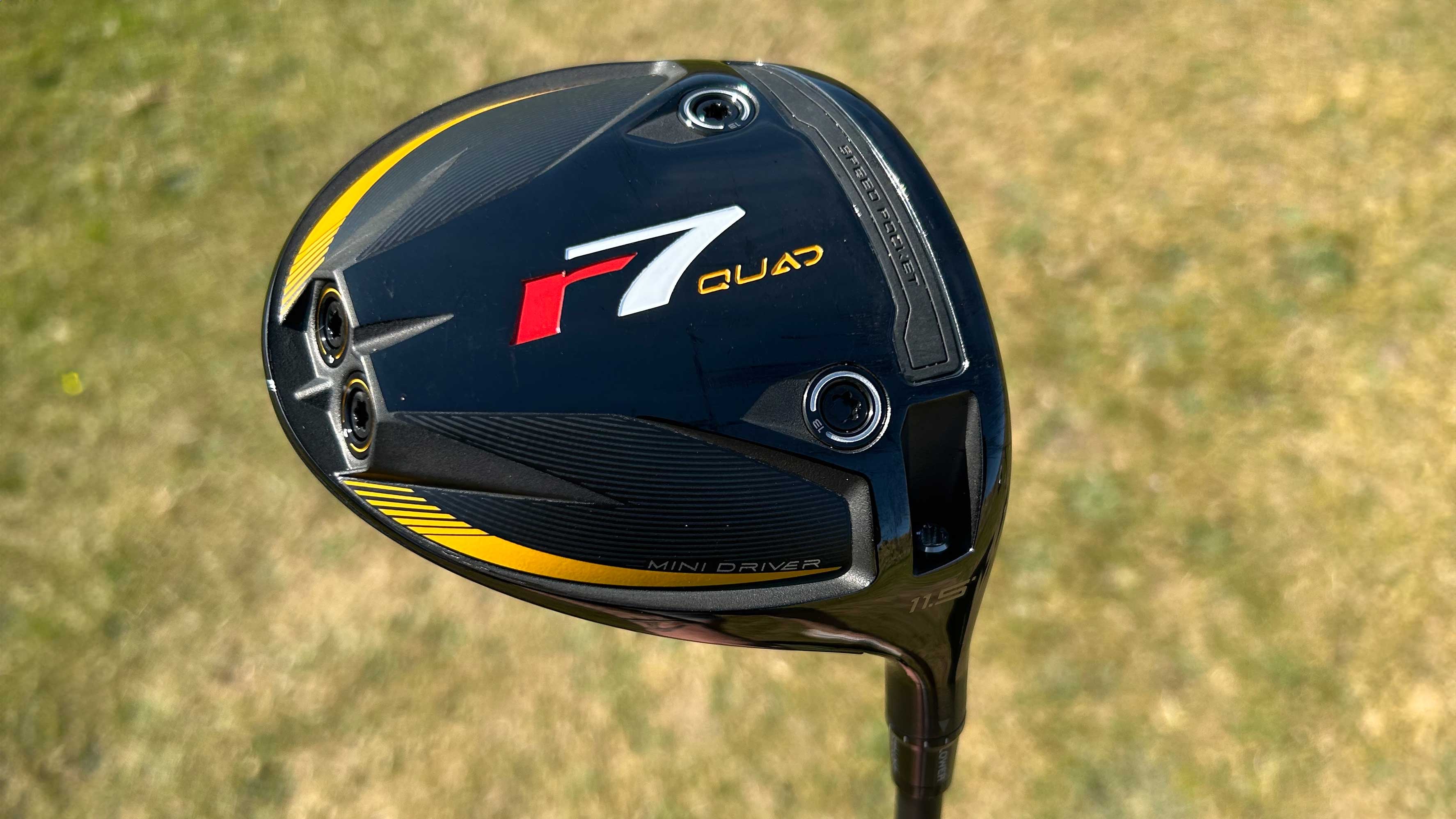 I Think I've Found My New Favorite Club Of 2025 And It Might Surprise You
I Think I've Found My New Favorite Club Of 2025 And It Might Surprise YouPGA Pro and driver expert Joe Ferguson has been testing out the latest of TaylorMade’s ‘retro’ mini-driver offerings, the R7 Quad Mini, and it didn't disappoint…
By Joe Ferguson
-
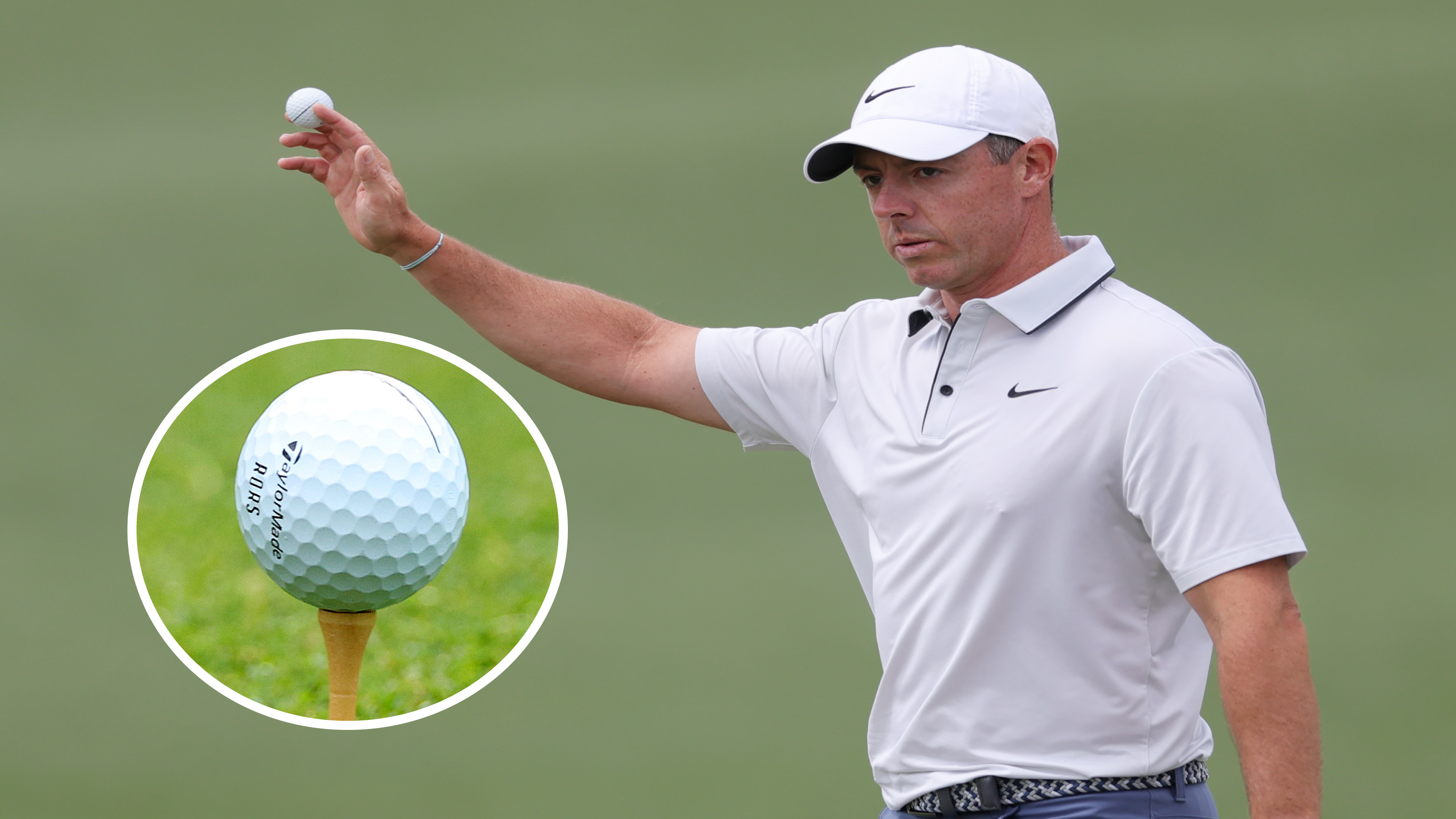 Could This 'Stumbled Upon' Equipment Switch Finally Land Rory McIlroy the Grand Slam?
Could This 'Stumbled Upon' Equipment Switch Finally Land Rory McIlroy the Grand Slam?Rory McIlroy made a golf ball change earlier this season that has reignited his wedge play and it could be about to pay off in the most dramatic possible way…
By Joe Ferguson
-
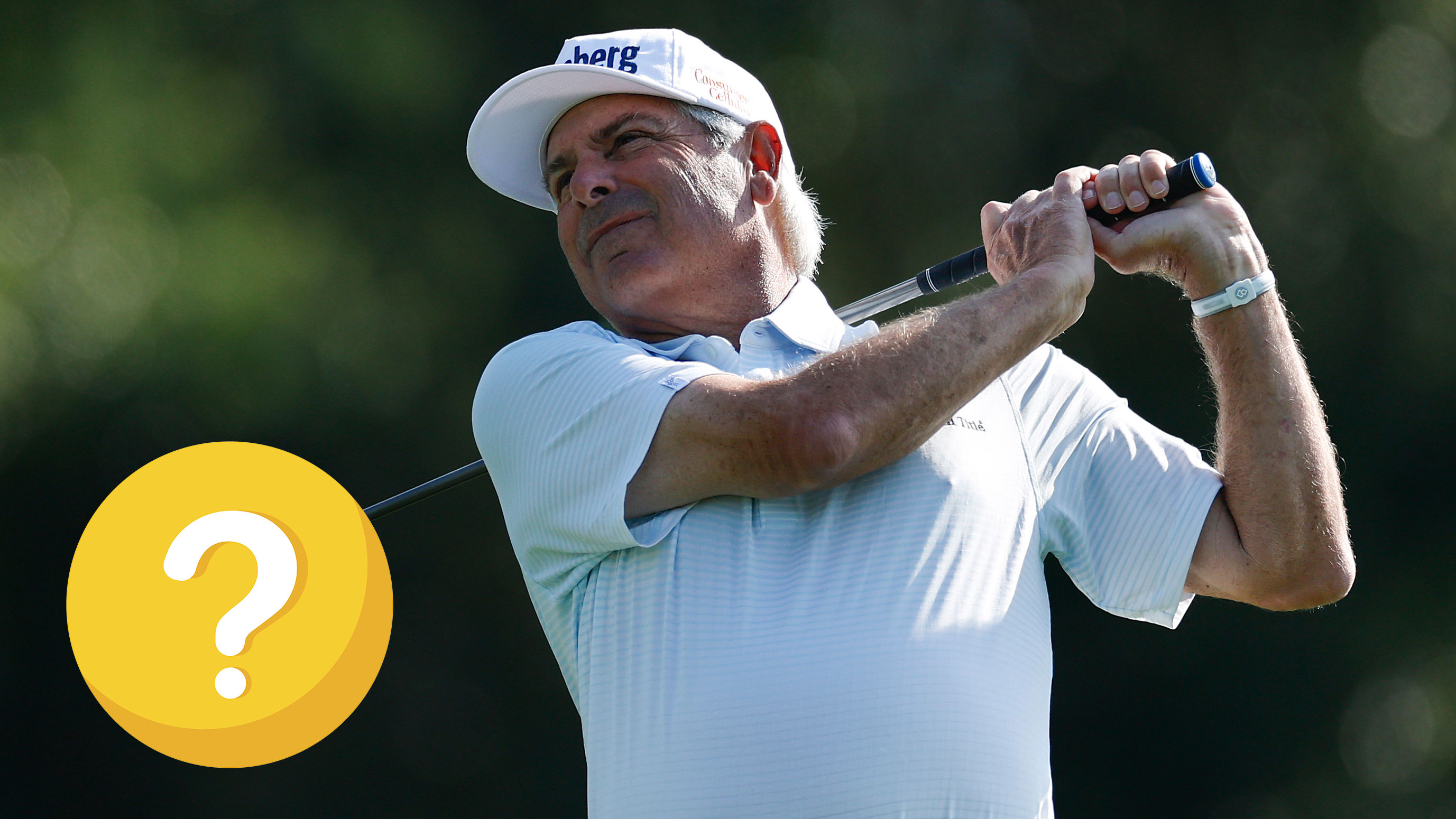 Real Players Use Long Irons, Right? Well, Fred Couples Nearly Made The Cut At The Masters At 65 Years Old, And His Longest Iron Is A…
Real Players Use Long Irons, Right? Well, Fred Couples Nearly Made The Cut At The Masters At 65 Years Old, And His Longest Iron Is A…Both Couples and Bernhard Langer turned back the clock brilliantly over the first two days at Augusta National and did so with some interesting bag setups.
By Joe Ferguson
-
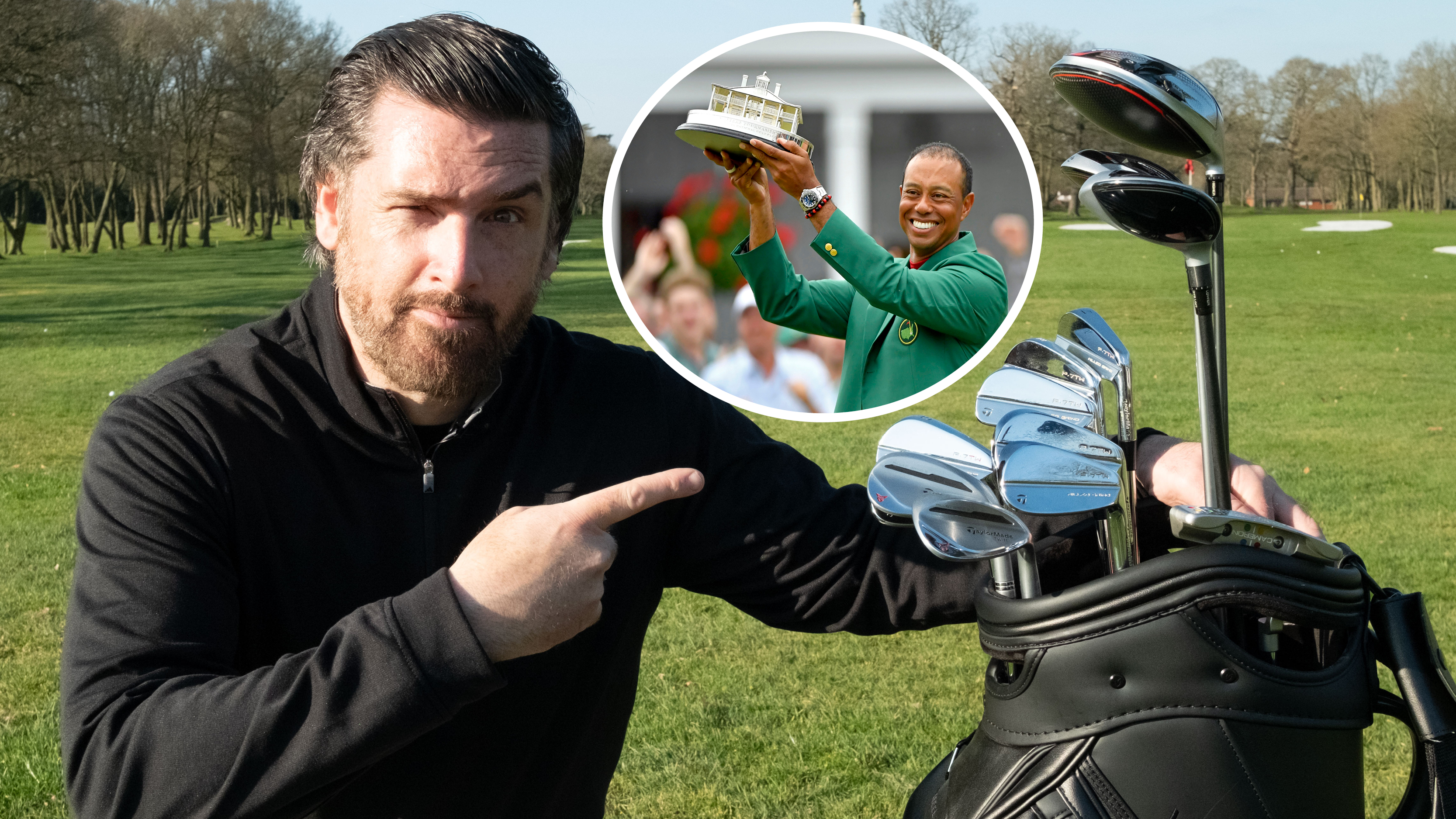 I Built Tiger Woods’ 2019 Masters Winning Bag From The Second-Hand Market!
I Built Tiger Woods’ 2019 Masters Winning Bag From The Second-Hand Market!PGA Professional Joe Ferguson has been taking a deep dive into Tiger’s bag for arguably the greatest victory of his career…
By Joe Ferguson
-
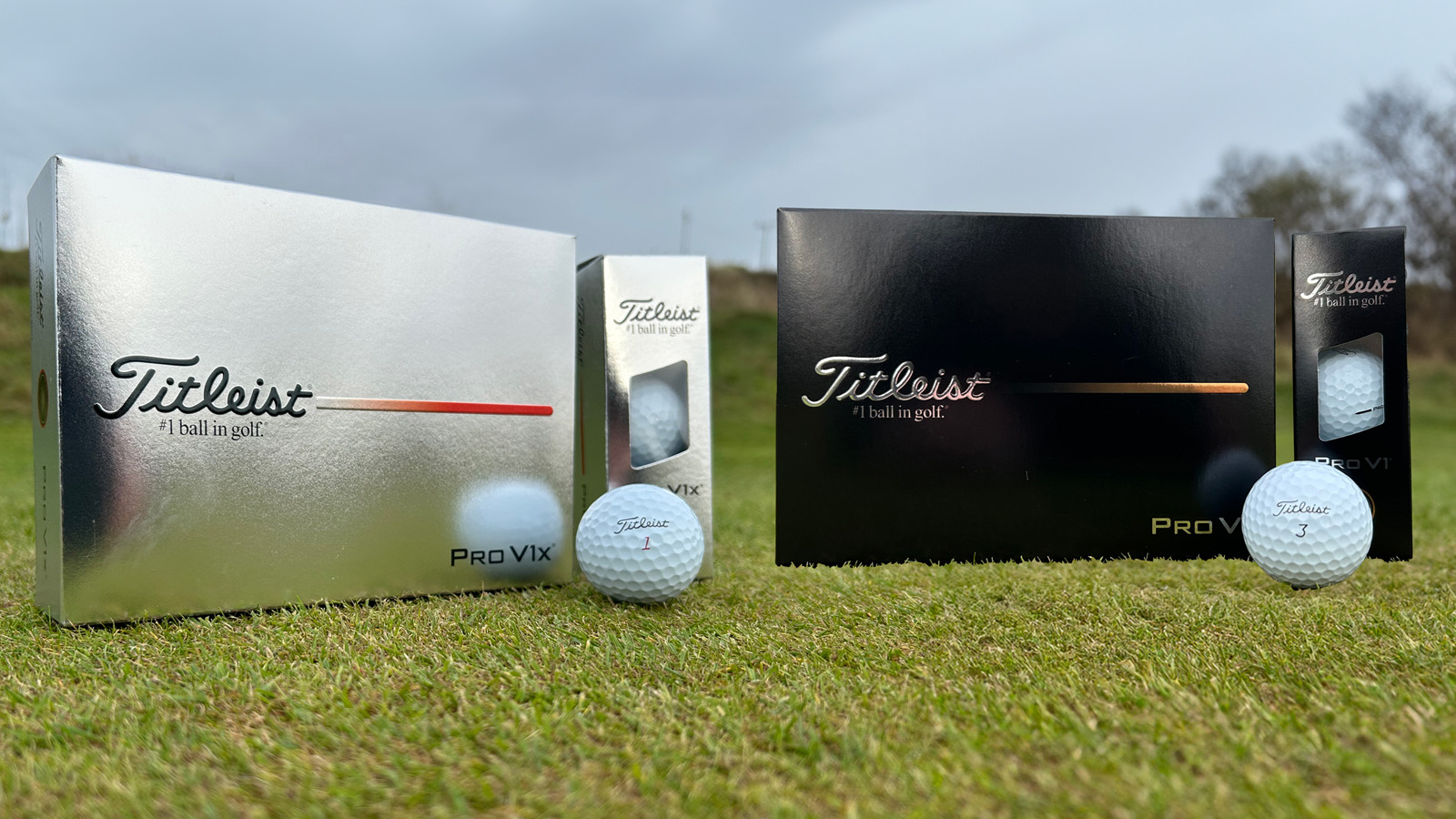 How Titleist 'Used Every Tool In The Toolbox' To Enhance The New Pro V1 And Pro V1x Golf Balls
How Titleist 'Used Every Tool In The Toolbox' To Enhance The New Pro V1 And Pro V1x Golf BallsAfter months of testing and tour validation the new Titleist Pro V1 and Pro V1x golf balls are set to launch, but what's new? We explain all
By Sam De'Ath
-
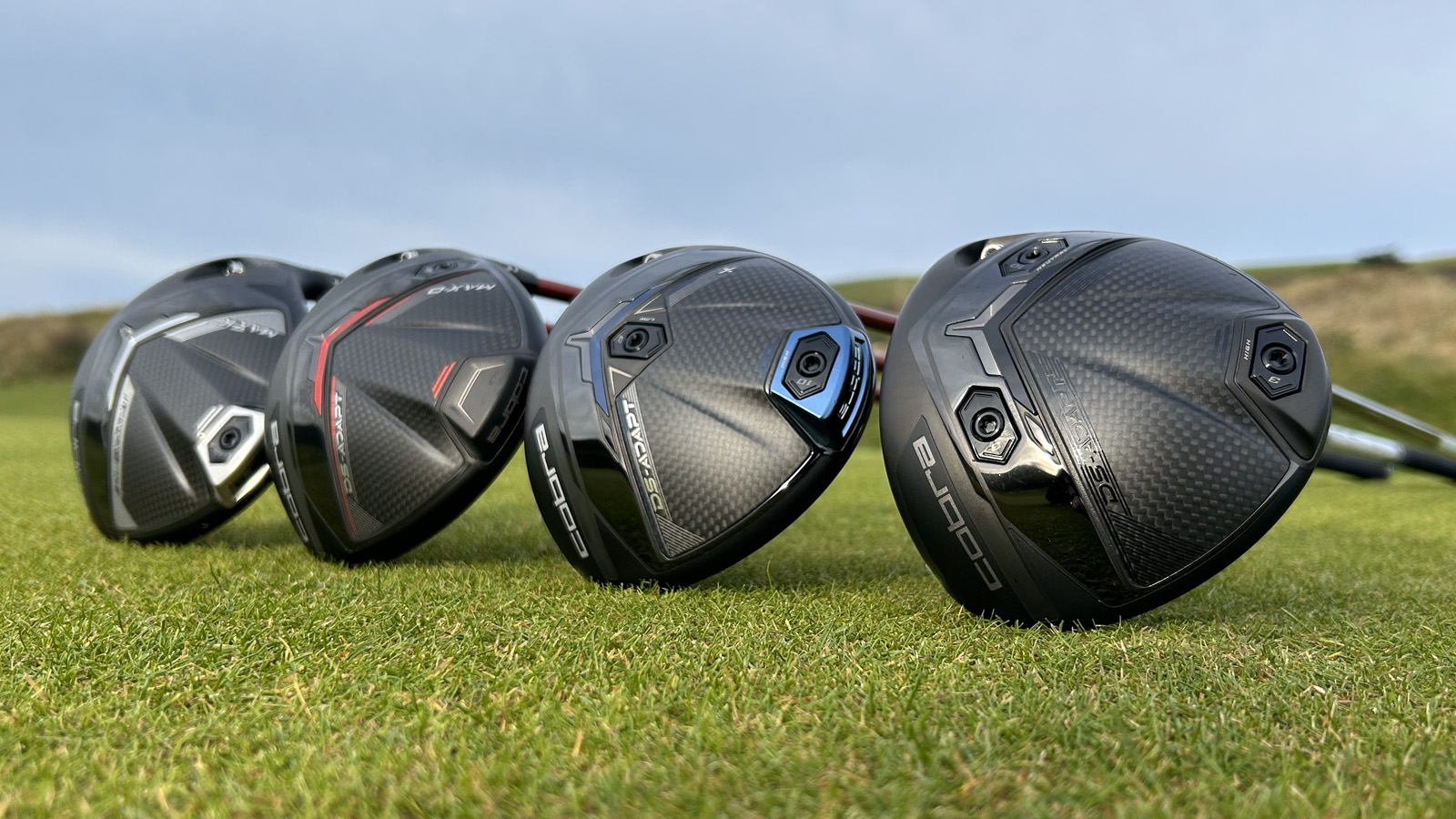 How The New Cobra DS-ADAPT Range Looks To Have Changed Driver Fitting Forever
How The New Cobra DS-ADAPT Range Looks To Have Changed Driver Fitting ForeverWith a revolutionary hosel design and refined aerodynamics, the Cobra DS-ADAPT may just become the standout driver in 2025
By Sam De'Ath
-
 £39 Vs £169 Wedge Test... Surprising Results!
£39 Vs £169 Wedge Test... Surprising Results!In his latest Retro Review, Joe Ferguson sees if the original Vokey wedge picked up for just £39 can compete with the modern equivalent four times the price
By Joe Ferguson
-
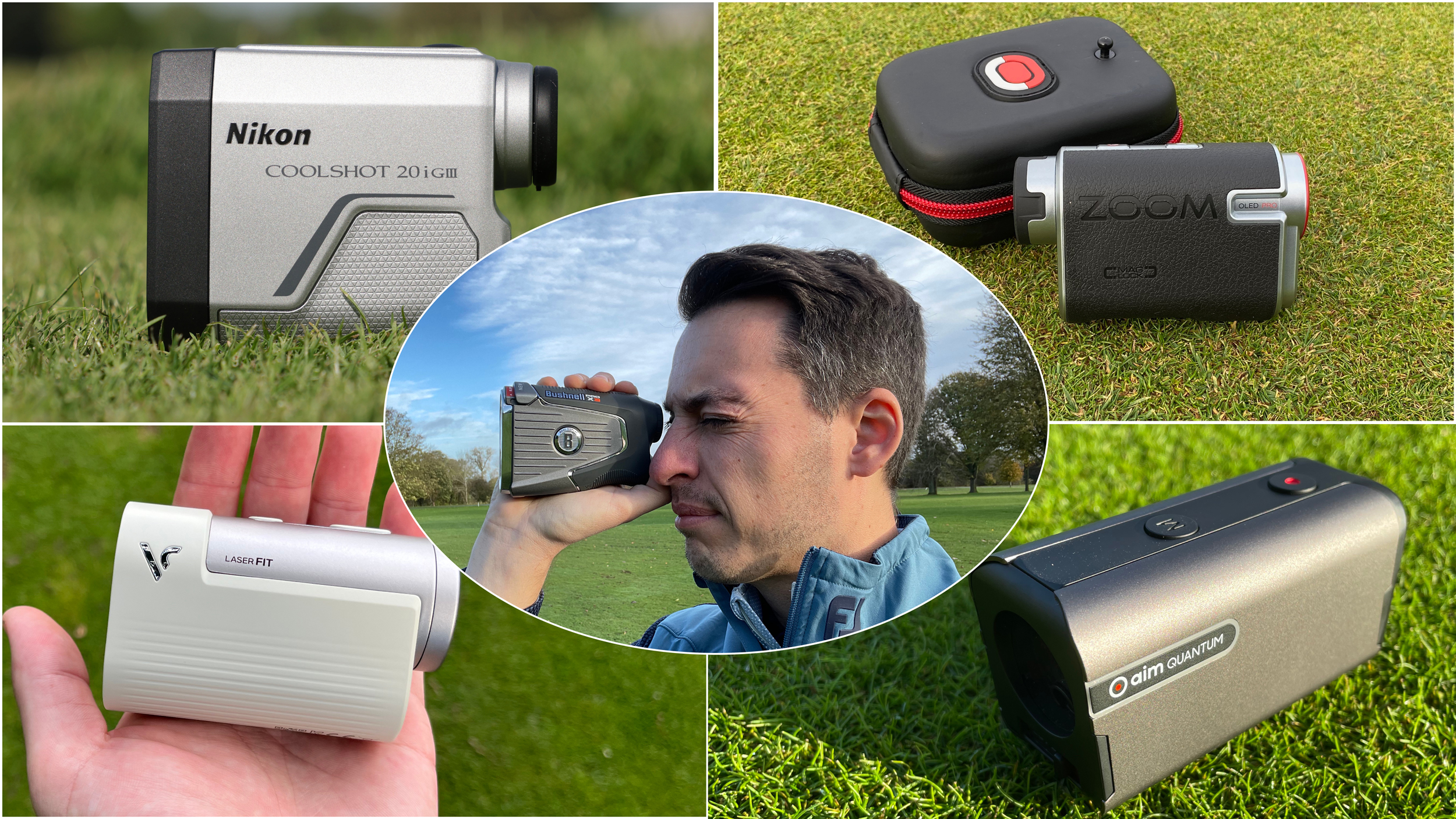 7 Useful Golf Rangefinder Features You Never Knew About
7 Useful Golf Rangefinder Features You Never Knew AboutThink you know everything a rangefinder can do? Think again. We've got seven of the best features currently available on the best modern rangefinders
By Dan Parker
-
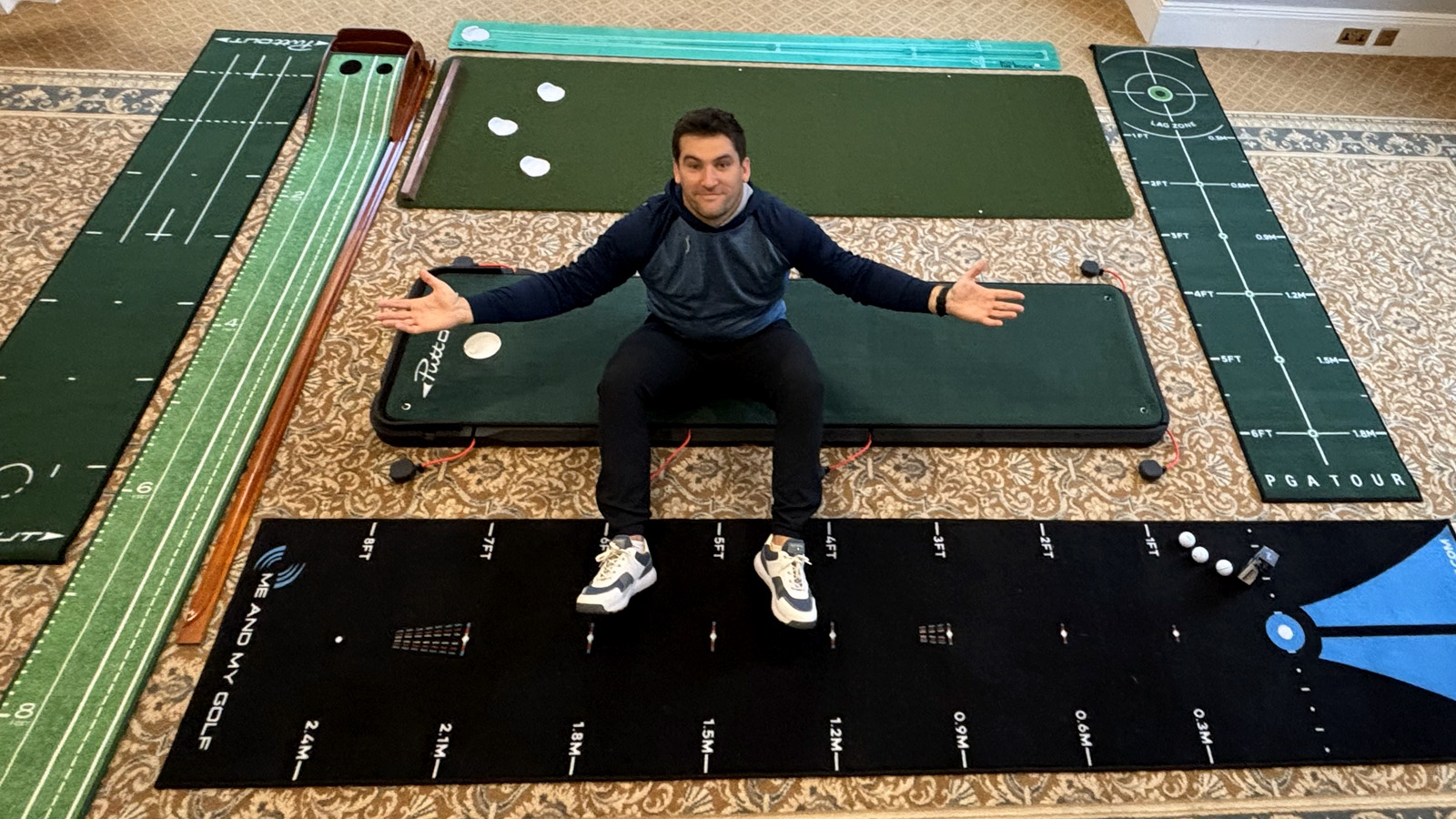 Do Putting Mats Help Improve Your Putting?
Do Putting Mats Help Improve Your Putting?Former professional golfer Sam De’Ath sheds light on whether or not a home putting mat can help improve your performance on the greens
By Sam De'Ath